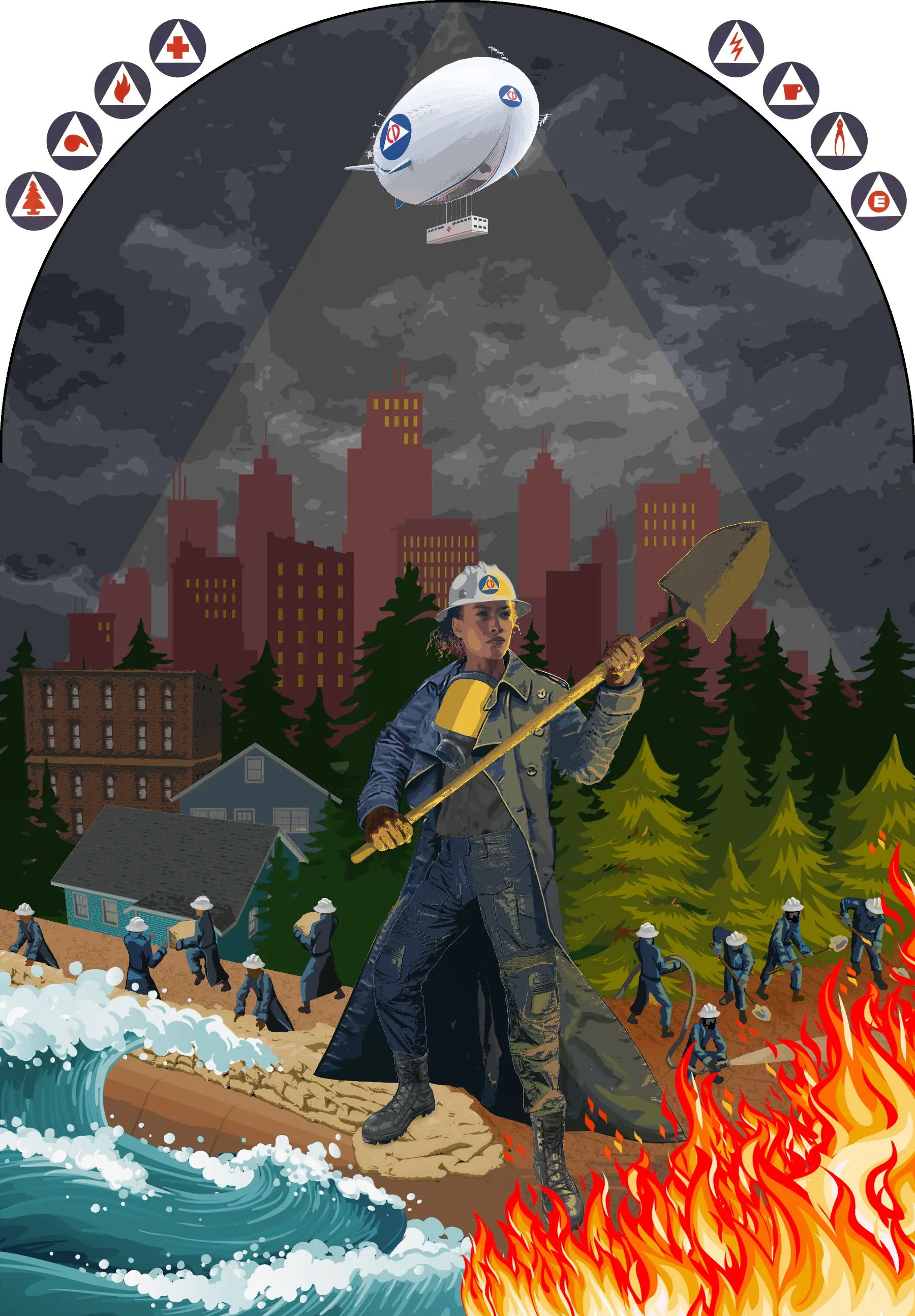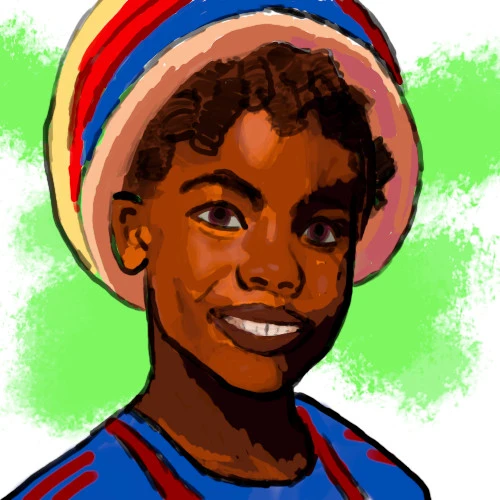One of the devs has been filling in a table of random NPCs. They've made a few dozen, and they're already really incredible in their variety and fit into the setting. You can see a handful of them below.
I thought I'd share some and solicit and try to crowdsource some more. More NPC suggestions would be highly appreciated!
...
Chorus of Wires, a synth who cares for the Vivarium at Lincoln Heights. They are fans of unusual semi-edible fruits.
Jumping Colour, often found with one of her long haired dogs at the Paws Salon on Clifford Street. She does animal work sessions at Preschools all over the city.
Port Fraxinius, runs the haberdashery on the corner of Gateway Boulevard. He’s a good listener, although sometimes secrets bubble up at his Poet’s corner performances
Garter Buffman. Involved in several camping and outdoor clubs in Azusa. Unusually suntanned for a non-humanoid synth.
Rhussel Olean. Spends three days a week on his Bike Kitchen drifting up and down Adobe Avenue. Is also Building resident union rep for the ‘Production artists and designers bikeshop’
Skates von Spikes. Knowledgeable manager of Clean Sheets Drug Space at Del Ray. Off duty she can be found at her building resident union, or the Baha’i temple.
Questionable Skunk. Operates out of a room opposite the Sculpture Garden, Cosmo Street. He doesn’t ask many questions. He doesn't welcome them either.
Cactus Bronzefinger. Performance set builder at the FabboWoodo workshop, West LA. He has a couple of lemur themed augmentations, that he claims are helpful backstage.
Punchcard Stipa. A synth that uses ‘his’ pronouns. He helps out at the Thermophile Spa, Hollywood hills, and has been adapting his chassis to act as a safety officer. That’s an ambition currently unfufilled.
Diskrhust. They split their time between the animal shelter, teaching self defence at the local recreation hall, and monitoring orbital shifts at the Union of Skylands on Norwalk Boulevard.
Coyote Ace. A name they might yet grow out of, Coyote is at highschool, but has their eye on a empty space on Holt Avenue that they dream of running their own wired haberdashery from
TurbineThyme is a synth who lives in the basement below New Theater on New Avenue. She’s still exploring what her body can do, and where that might lead her.
Bolt Chitalpa. A coder by arrangement on Hilliard Avenue. He also writes periodically for the Circle of Nations.
Chappie Arral. Purveyor of soap and other homegood chemicals off Whittier. He attends a church of latter-day saints group that meet early mornings in the park.
5 Steps, as he is known, is a wandering preacher, tracing a route between the Hindu Temple, Baha’i church and Protestant Chapel in Culver City.
Ohm Tatsoi is a practicing doctor and muslim. They are currently feuding with the Vivarium staff over alleged class snobbery.
Friendly Marguerita is a synth and coach at a boxing gym at Culver City. They are studied at projecting an authoritative calm amongst angry teenagers.
EriDuct is a surprisingly old synth usually found holding court at Poet’s corner, Torrance. On a good day, she’ll tell you about her old lives.
Hoof Rust is a kite dancer synth, usually found high above Altadena. His broadcasts on high altitude biochemistry are well respected, although his body is far too large to allow access to a regular lecture theater.
Slick Basil. Street seller of whatever needs selling, they sometimes can be found with a flower tray outside the Hindu temple in Agoura Hills, although just as often selling chits at the Union of Skylands, or mouthwash at Granry16.
... and so on.













